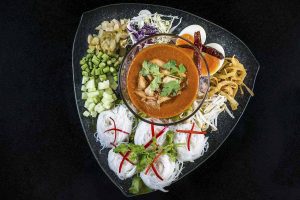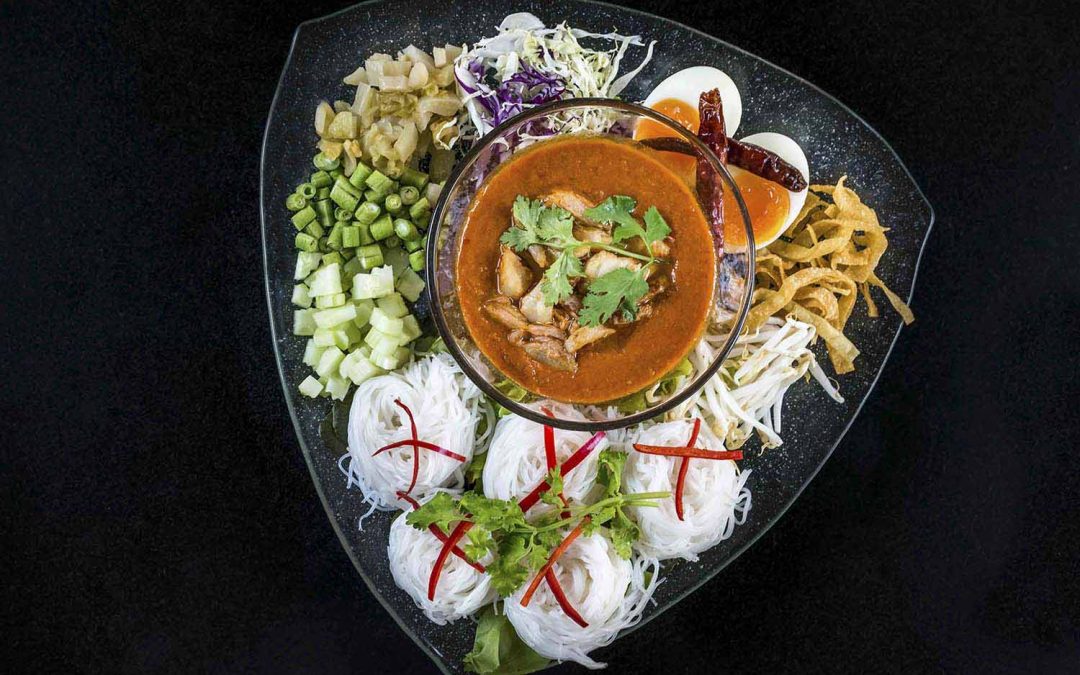
Thailand is a country where food is everywhere. Whether you are looking for a fine meal at a Michelin star restaurant or a quick bite at a food stall along the streets, there are options all over. Since Thailand is a tropical country, much of the produce is locally grown, making it incredibly cheap. If you have dietary restrictions, however, you may be worried about having a difficult time eating in Thailand. Fortunately, we are here to tell you that though it can be tricky at times, it is far from impossible. You can enjoy Thai food despite your restrictions. Here’s what you will need to know:
FOR VEGANS AND VEGETARIANS
Although most Thai dishes contain meat or condiments like fish sauce and oyster sauce, there are many restaurants that offer vegetarian or vegan options on the menu even though it is not a complete vegetarian place. Additionally, since the trend of eating healthy and consuming plant-based foods is booming, there are quite a number of newly opened vegetarian or vegan places for you to choose from.
That being said, the prices at many of these places may be higher than usual and you will have to pay a little bit more. If you’re looking for cheaper food along the street in Thailand, keep an eye out for a yellow sign with red text that says ‘เจ’ (jay). This means vegan. Signs that say ‘มังสวิรัติ’ (mung-sa-wee-rut) indicate that the restaurant has vegetarian food. Once you have spotted these signs, you know that there is certainly selections that you can enjoy. If you see something meat-like in your vegetarian dish, don’t panic!
Oftentimes it is not meat, but meat substitutes that most Thai restaurants use when they cook plant-based dishes. These substitutes are often made from soybeans and have a texture comparable to real meat. If a diner opts out of the meat substitutes, the cook often replaces the protein with tofu. Sometimes, people ask the restaurants to make their original dish into a vegetarian dish.
Although some cooks will accept, some will not. This is due to a number of reasons. For one, the cooks may not be willing to change their recipes as they fear that the food may not taste as good. Also, some Thai dishes require ingredients like eggs or fish and oyster sauce. For this reason, it is usually easier to look for restaurants with the ‘เจ’ sign as the cook will certainly know how to prepare vegetarian or vegan meals for you to eat.
FOR THOSE WITH PEANUT ALLERGIES
With the exception of the famous Thai dish, Pad Thai, most Thai dishes do not contain peanuts. In fact, it is rather rare to find peanuts in Thai food. However, when you order Tom Yum noodles or Thai papaya salad, make sure that your cook knows to avoid adding crushed peanuts in your food. If they cook in front of you, do not take your eyes away from them. At times, a cook may accidentally toss peanuts in out of habit.
Another Thai dish that you should be careful of is Satay. The skewers do not have peanuts on them but the brown dipping sauce does. You can still enjoy the skewers, but it’s best to avoid dipping them into the sauce. Asking the restaurants to not put peanuts in your food is easier than asking them to make a vegetarian or vegan dish.
If you are unsure about the food that you want to eat, you can ask them if there are any peanuts or if they can skip the ingredient. You can also tell them in Thai. When you want to tell them that you’re allergic to peanuts, all you have to say is แพ้ถั่วลิสง (pae tua lee-song). ‘Pae’ means allergic to. ‘Tua lee-song’ means peanuts. With these two words together, the cook will understand that you are allergic to peanuts and prepare your dish accordingly.
Are you looking for the best restaurant in Thailand? Visit Indulge Bangkok today! We have a wide range of Thai dishes for you to try.

